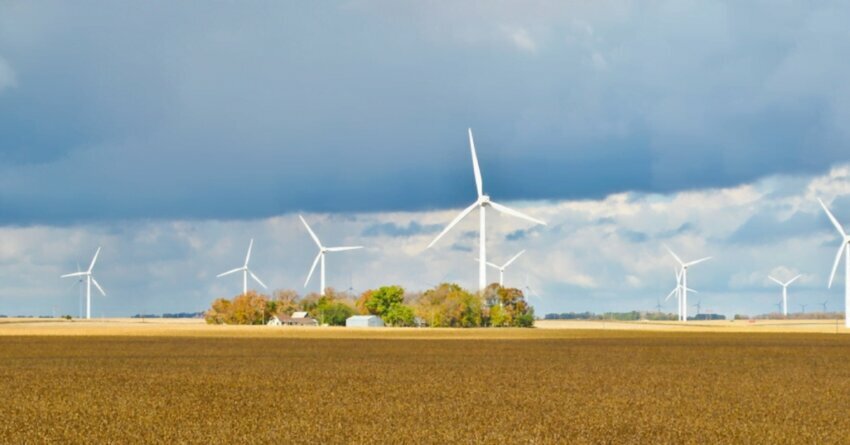 (Credit: Minnesota Pollution Control Agency)
(Credit: Minnesota Pollution Control Agency)A new report released by the Minnesota Pollution Control Agency (MPCA) shows that the state is moving toward its climate targets, although agriculture remains a large contributor of greenhouse gas emissions. The Institute for Agriculture and Trade Policy (IATP) found that the majority of Minnesota's agricultural emissions can be traced back to large-scale animal operations such as dairy farms and hog confinements, which have proliferated in recent years.
The state’s bipartisan 2007 Next Generation Energy Act set statutory benchmarks to reduce greenhouse emissions 15% from 2005 levels by 2015, 30% by 2025, and 80% by 2050. In 2022, Minnesota’s Climate Action Framework updated goals for the state to reduce emissions 50% by 2030 and achieve net-zero emissions by 2050.
Minnesota's total emissions dropped by 23% between 2005 and 2020, although officials were uncertain whether recent declines linked to pandemic disruptions would continue. Although the state’s power and transportation sectors have seen significant declines in greenhouse gas emissions, agriculture has remained flat since 2005 — with a slow rise in recent years. Additionally, emissions from the residential sector, including homes and apartment buildings, have risen by 14%. The commercial sector—which includes businesses, hospitals, and schools–has reduced its emissions by 22%, largely due to a decrease in the use of oil and natural gas. This peak occurred in 2014.
“The state’s agriculture emissions continue to be significant, and that’s largely due to the growth of very large-scale dairy and hog operations and their manure management, as well as from heavy use of nitrogen fertilizer to produce animal feed and ethanol,” said Ben Lilliston, director of climate and rural strategies at IATP. “We have a tight 2030 timeline set by the Governor’s climate framework to reduce emissions by 50%. To meet our climate targets, we need to invest in more climate-resilient regenerative farming systems and start setting emissions limits on the biggest dairy and hog operations.”
Minnesota’s new data show that agriculture is the state's largest source of methane, with ruminants and manure accounting for most emissions. Since 2005, rising levels of GHGs from animal agriculture have been tied to an increase in CAFOs across Minnesota. Agriculture is also a major source of nitrous oxide emissions, another potent greenhouse gas. Emissions rose 9% since 2005 largely due to the rising use of nitrogen fertilizers (often used in corn production).
“Climate change is already causing disruptions to Minnesota’s agriculture system, including drought conditions last year,” said Lilliston. “There is enormous interest from Minnesota’s farmers in accessing conservation programs that help reduce emissions and strengthen resilience by diversifying cropping systems and reviving pasture-based systems, but many farmers who apply are often turned away due to lack of program resources. Phasing in limits on CAFOs, combined with expanding conservation programs and other agriculture infrastructure investments, should be part of a climate transition to meet the state’s emission reduction targets.”